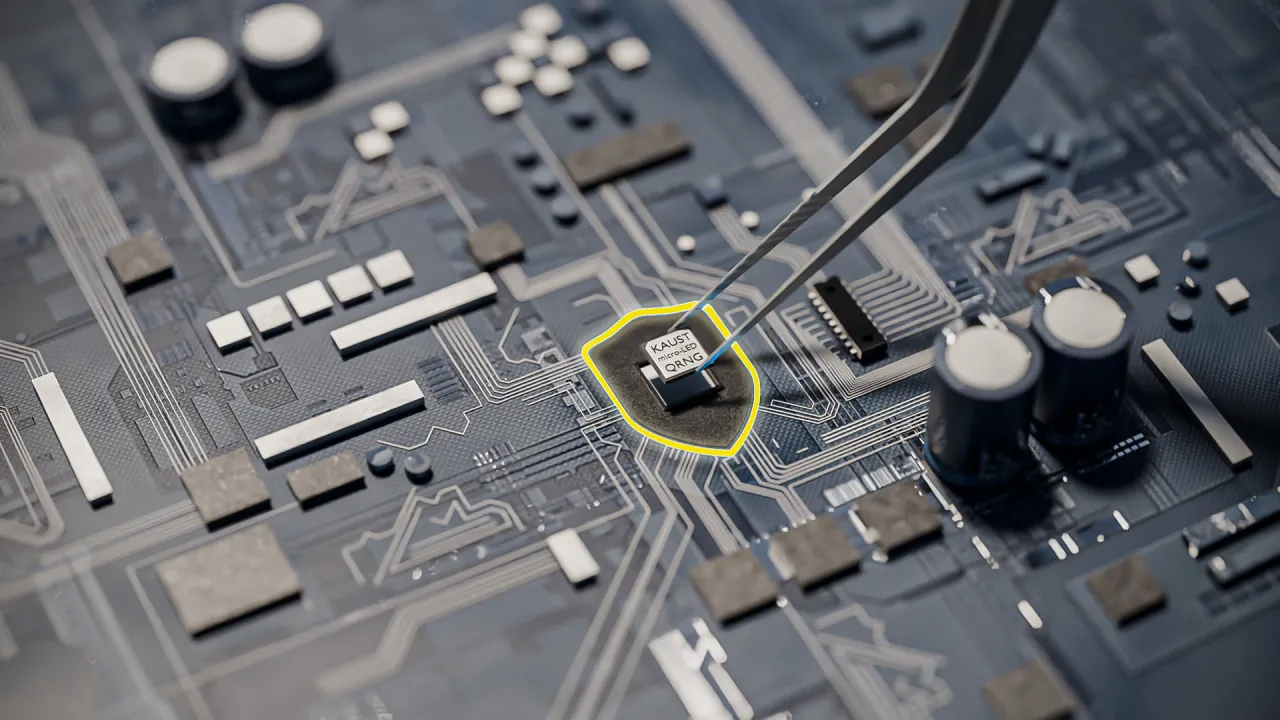
Micro-LEDs boost random number generation
Intensity fluctuations from miniature LEDs provide ultrafast generation rates.
About
Miniature LEDs called micro-LEDs have been shown to generate random numbers at gigabit-per-second speeds by a team of researchers from Saudi Arabia and the United States[1].
The generation of random numbers is vital for many tasks, including data security — where it is used to create encryption keys and passwords — and computer simulations of complex systems such as the weather and financial markets.
There is, therefore, a strong demand to develop cost-effective random number generators that are small enough for chip-scale integration while also offering a fast generation rate.
The most robust and reliable way to generate true random numbers is to sample and digitize a physical process underpinned by the intrinsic randomness of quantum mechanics. For example, the thermal noise, chaos, and jitter from electronic and optoelectronic devices have all been investigated in the past.
Now, Heming Lin, Boon Ooi, and coworkers from KAUST, King Abdulaziz City for Science and Technology (KACST), and the University of California at Santa Barbara report that intensity fluctuations in the spontaneous emission from blue GaN micro-LEDs, ranging in size from 5-100 μm, can serve as a quantum random number generator (QRNG) with an ultra-high generation rate of 9.375 Gbit/s.
“Micro-LEDs are compact, reliable, and cost-effective,” say Lin and Ooi. “They consume less power and require simpler electronic and photonic system architectures than other competing technologies.”
Read the full story on KAUST Discovery.
Reference
Lin, H., Lu, H., Wong, W.S., Almogbel, A., Alyamani, A., Ng., T.K., Bakr, O., Nakamura, S., Denbaars, S. & Ooi, B. Micro-LED based quantum random number generators. Optics Express 33, 22154-22164 (2025).| article.

